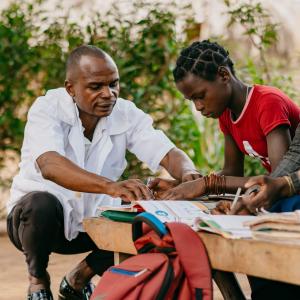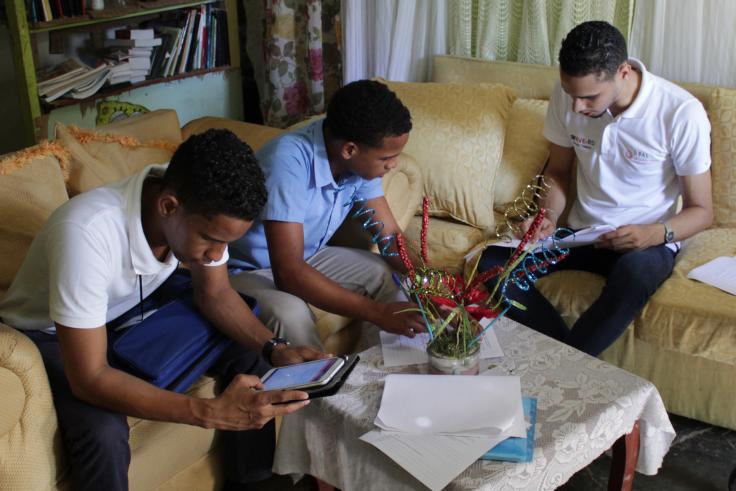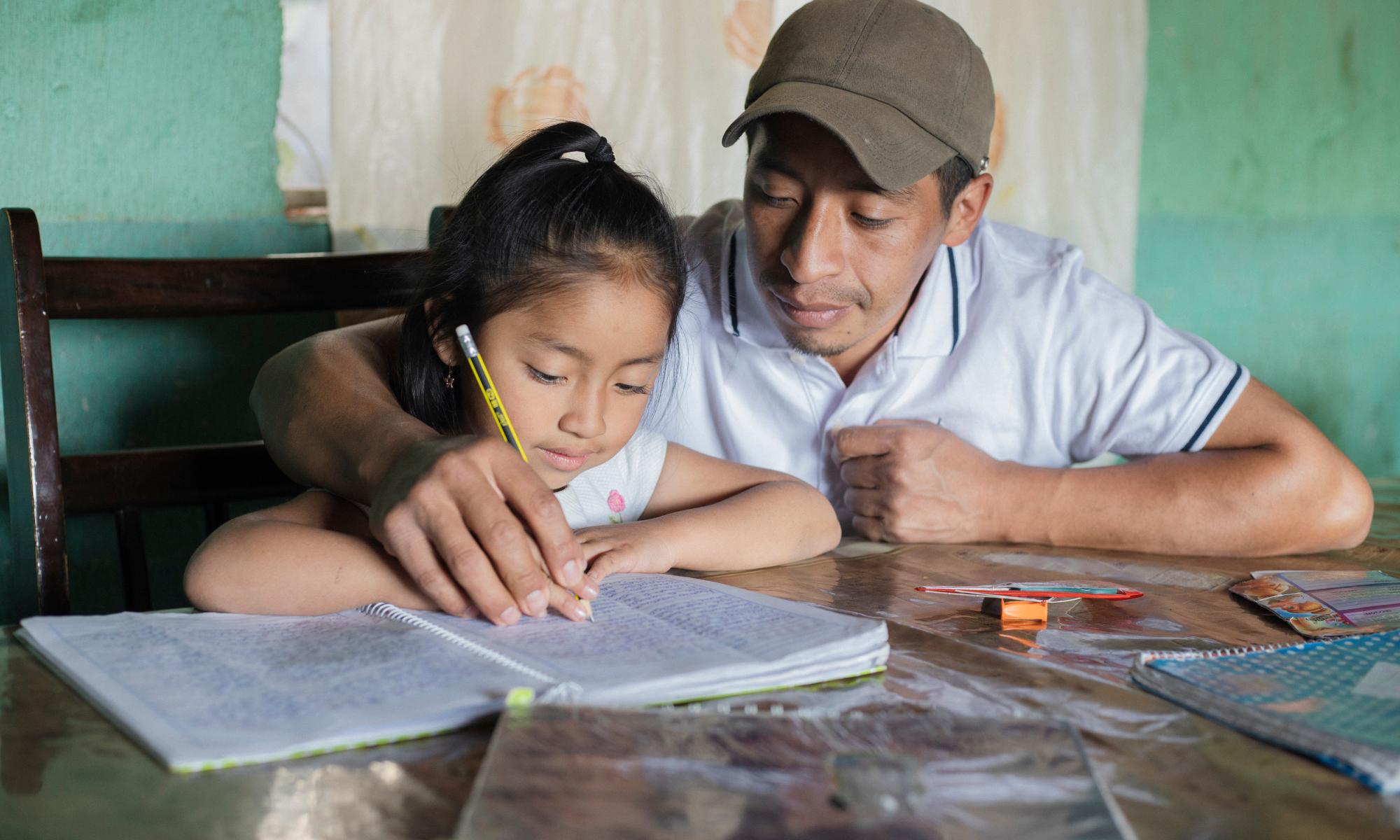
Sharing key information with parents and students can improve attendance, effort, and learning.

Sharing specific information about school with students and parents is a low-cost way to improve student learning. Information about a student’s school quality and grades, the impact of education on future income, and ideas for parents to get involved increases parents’ engagement and students’ effort and grades.
Information interventions can be simple, low-cost to deliver, and scalable. Information is not transformative, but it is so low-cost to deliver that it is a highly cost-effective tool to help improve learning.
Information is not effective if it misses the mark. Implementers considering scaling should provide accurate information that fills knowledge gaps and links to other services.
Parents and students make important choices every day about education, sometimes without the full set of facts. Parents may not have sufficient information to choose the best school for their children. Research shows that if they or their children underestimate the value of education, parents may invest less effort or money in finding good quality schools, and students are less likely to work hard in their classes.
Simple messages—about school quality, students’ grades, or future income—helps close knowledge gaps, correct misperceptions, boost parent involvement and student motivation, and improve kids’ learning. These types of information increased parents’ engagement, student effort, or both, leading to better student learning.
Information alone isn't enough if it doesn’t overcome other barriers, or if it discourages recipients. Messages about health and financial aid programs did not improve health or learning on their own. This information was effective only when paired with complementary programs that helped parents or students act on information provided.
Well-designed information campaigns are simple to run and inexpensive to scale. Governments or implementers are well-placed to deliver accurate, actionable information through text or in-person sessions at a low cost. When tailored to address specific information gaps or misperceptions families have, information can be a cost-effective and scalable way to help improve learning.

“Given that providing information is less costly and complex than making financial transfers, this may be a promising and easily scalable policy option for governments in developing countries.”
Cost and design considerations
Readily available data—contact information for parents, and access to students’ records—is an important prerequisite. School administrators should also keep parental literacy, internet access, and electricity access in mind when choosing how to deliver information; in places where internet or electricity access is a challenge, in-person meetings can be effective.
Information should be context-specific and tailored. Exactly what kind of information is useful and relevant to parents and children in shaping their decisions about education will depend on their existing information gaps or misperceptions. Implementers should understand these aspects and tailor messages to fill the gaps.
Scale can increase the cost-effectiveness of information campaigns, especially when good data is available. Reaching many people at once can reduce the cost of campaigns. Good data on education outcomes, like test scores, can help to assess campaigns’ impact.
The information provided to parents should be context-specific and tailored.
Implementing partners
Implementers bring deep local knowledge, technical expertise, and a commitment to evaluation and learning as they bring these programs to life. Non-governmental organizations that, to the best of our knowledge, integrate these lessons into their programming include the following (listed in alphabetical order); this list is not exhaustive.

The role of low- and middle-income country governments
Governments in low- and middle-income countries have adapted evidence-based information programs to increase education outcomes, scaling up programs nationally. For example, building on a study showing that information on education returns can reduce dropout rates, a program in the Dominican Republic that used infographics and soap-opera-style videos to encourage students to stay in school was scaled nationally, reaching more than 862,000 students since 2017.
Its success inspired Peru to launch a similar program, which scaled and reached 567,000 students in 2018. During the Covid-19 pandemic, the government of Peru aired the program's videos on public television with positive impacts. An adapted version of the program was implemented in Chile, which has reached 900 schools in the last two years. In 2022, 150 schools participated in the first pilot of the program in Colombia.
Governments implementing evidence-informed information for education programs include (in alphabetical order, not exhaustive):
- Dallas Independent School District, Texas, US
- Kanawha County Schools, West Virginia, US
- Ministry of Education, Chile
- Ministry of Education, Madagascar
- Municipalidad de Peñalolén, Chile
- Rectorat de Créteil, France
- San Francisco Unified School District, California, US
- Secretariat of Public Education, Mexico
- Ministry of Education, Peru
The role of foreign assistance and philanthropy
Funders can play an important role in supplementing the resources of governments in low- and middle-income countries to scale these low-cost interventions. With support from USAID, the Ministry of Education launched information campaigns in approximately 1,600 schools in the Dominican Republic in 2016. The US Department of Labor funded the Decidiendo Para Un Futuro Mejor (DFM) program in Peru to understand its impacts on school dropouts, time use, and child labor. The Agency Fund helped the Colombian expansion of the DFM program. The Tinker Foundation supported the adaptation of the DFM program during Covid-19 for Chile.
Discover more from J-PAL
Providing school quality information to improve housing mobility for low-income families
Discover more from other sources
Scaling up information interventions in education
VoxDev
What interventions deliver the most quality years of education? and at what price?
Center for Global Development
The promise and peril of information on the returns to education
IDB
Decidiendo por un Futuro Mejor
High-frequency information to increase parental engagement
Tomoki Fujii, Christine Ho, Rohan Ray, Abu Shonchoy
How to improve education outcomes most efficiently
The World Bank
Can Information and Incentives Increase School Attendance?
The World Bank
Cost effective approaches to improve global learning
Global Education Evidence Advisory Panel (GEEAP)
Photos:
(1) A father helping his daughter with her homework. Credit: Shutterstock.com
(2) Credit: GPE/Mbuto Machili, CC BY-NC-ND 2.0
(3) Credit: J-PAL







